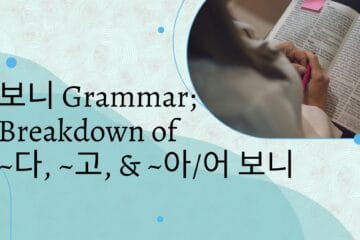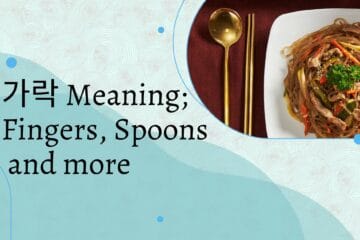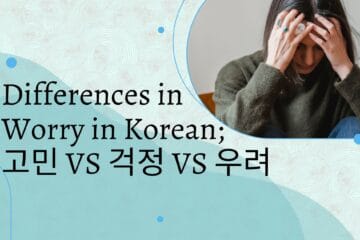The 만 grammar particle is a great piece to add to your vocabulary! Emphasize and clarify by adding ‘just’ or ‘only’ to your sentences with this simple particle. I’ll go through some quick examples as well!

Placing 만 Grammar Particle
As in English, Koreans can also change where ‘only’ is placed to change the specific meaning of a sentence. ~만 can be placed attached to the subject or object of a sentence and replaces the usual particle that would sit there (so for a subject: ~은/는, or for an object: ~을/를). To quickly explain:
- I only ate an apple (I ate an apple, and did nothing else)
저는 사과를 먹기만 했어요 - Only I ate an apple (I ate an apple, nobody else did)
저만 사과를 먹었어요 - I ate only an apple (I ate an apple, and ate nothing else)
저는 사과만 먹었어요
Sentences 1 and 3 might seem similar, so I can explain a bit more. For example with a mock scenario 1 can mean “while you were gone the only thing I did was eat an apple”. While sentence 3 can mean “while you were gone I did other things, but the only thing I ate was an apple”.
You can use ~만 in combination with numbers and their counters as well to create emphasis.
저는 친구 한 명만 만났어요: I met with only 1 friend
저는 쿠키를 세 개만 먹었어요: I ate just 3 cookies
Remember though! With verbs that end in 하다 attaching a particle to it, the particle fits in between the word and ~하다. Such as 공부하다: 공부[Particle] 하다: 공부만 하다.
그는 수업이 끝난 후에 운동만 해요: He just workouts after class
저는 화요일에 공부만 했어요: on Tuesday I only studied
This line does not imply it’s the only day you studied, for that you need: 저는 화요일에만 공부했어요
More Example Sentences!
주말에만 시간이 있어서: only on the weekend I have free time
저만 고기를 먹지 않아요: only I don’t eat meat
저는 한국어만 공부해요: I only study Korean
Keep in mind where you’re attaching the 만 grammar particle and how that changes the meaning, but have fun with it!



0 Comments